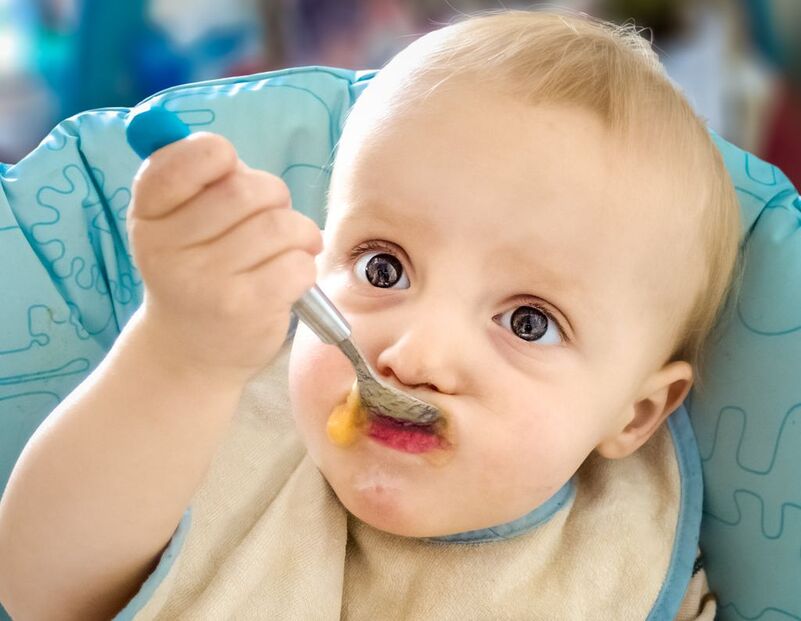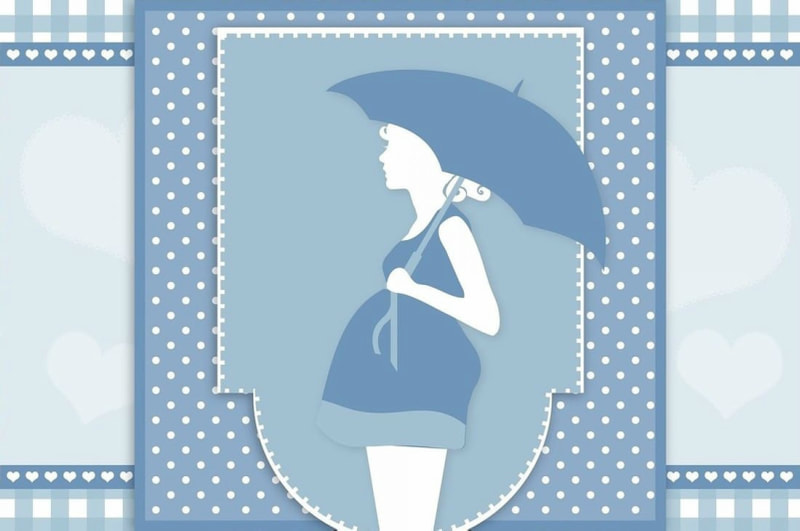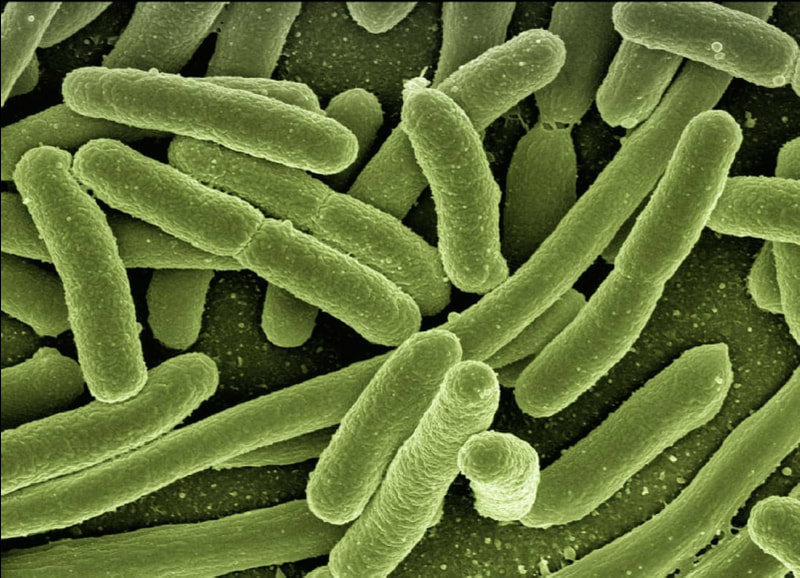Are You Overfeeding Your Children?
Parents and guardians of young children may be under the notion that young ones will stop eating when they feel full. In fact, it has long been thought by researchers that young children can feel how many calories they need from food and will adjust their eating habits accordingly, a process referred to as self-regulation. However, this does not mean that it is okay for parents to put large amounts of food on the plate for children and assume the child will stop eating when he or she feels full. According to Penn State researchers, young children may not be as good at detecting their calories and resisting large portions on the plate as previously thought.
Researchers conducted a study among 46 children between the ages of three and five from childcare centers at the University Park campus to determine if they were more likely to eat more when served larger portion sizes, commonly known as the portion size effect. During one five-day period, children received baseline-sized portions, based on Child and Adult Care Food Program requirements, and had portions that were increased in size by 50% during another five-day period. To measure activity levels, researchers equipped the children with accelerometers and recorded data such as height and weight. To measure exactly how much the children ate during the five-day periods, the leftover foods were weighed.
Researchers conducted a study among 46 children between the ages of three and five from childcare centers at the University Park campus to determine if they were more likely to eat more when served larger portion sizes, commonly known as the portion size effect. During one five-day period, children received baseline-sized portions, based on Child and Adult Care Food Program requirements, and had portions that were increased in size by 50% during another five-day period. To measure activity levels, researchers equipped the children with accelerometers and recorded data such as height and weight. To measure exactly how much the children ate during the five-day periods, the leftover foods were weighed.
Image Source: Featured Image Source: "This white ceramic plate had been topped with a healthy, balanced meal consisting of a broiled chicken breast, half a sweet potato, three sl" by CDC/Fenley is licensed by Public Domain Mark 1.0.
Through data analysis, researchers found that giving larger portions to children led to a 16 % increase in food consumption compared to when given smaller portions, which overall resulted in an 18 % increase in caloric consumption. Evidence points towards the fact that young children do not have the ability to self-regulate their caloric consumption because if they did, they would have sensed that they were eating more.
Furthermore, researchers found that some children were at an increased risk of over eating than others. For instance, children with higher body mass index (BMI) percentiles were more likely to be affected by larger portion sizes than those with BMI percentiles within a normal range. On the other hand, children who were described as paying attention to their hunger levels were less affected by portion sizes.
Researchers concluded that when children are served larger portions of meals or snacks, they consume more food by weight and increase caloric intake. It is important for parents and guardians to pay close attention to the proportions and variety of foods they are giving to their children. For instance, while it may be difficult to define portion sizes since children differ in caloric requirements due to numerous factors, it is easier for parents to address this issue with proportions instead. This can be done by filling up the majority of the plate with fruits, vegetables, and nutrient dense foods and smaller portions of calorie dense foods. In fact, the portion size effect can be used by parents and guardians in a beneficial manner by serving larger portions of fruits and vegetables to increase consumption. Hence, it is extremely important for parents to instill good eating habits in children by exposing them with healthy food early in life to ensure a lifetime of good health.
Furthermore, researchers found that some children were at an increased risk of over eating than others. For instance, children with higher body mass index (BMI) percentiles were more likely to be affected by larger portion sizes than those with BMI percentiles within a normal range. On the other hand, children who were described as paying attention to their hunger levels were less affected by portion sizes.
Researchers concluded that when children are served larger portions of meals or snacks, they consume more food by weight and increase caloric intake. It is important for parents and guardians to pay close attention to the proportions and variety of foods they are giving to their children. For instance, while it may be difficult to define portion sizes since children differ in caloric requirements due to numerous factors, it is easier for parents to address this issue with proportions instead. This can be done by filling up the majority of the plate with fruits, vegetables, and nutrient dense foods and smaller portions of calorie dense foods. In fact, the portion size effect can be used by parents and guardians in a beneficial manner by serving larger portions of fruits and vegetables to increase consumption. Hence, it is extremely important for parents to instill good eating habits in children by exposing them with healthy food early in life to ensure a lifetime of good health.
RELATED ARTICLES
|
Vertical Divider
|
Vertical Divider
|
Vertical Divider
|






